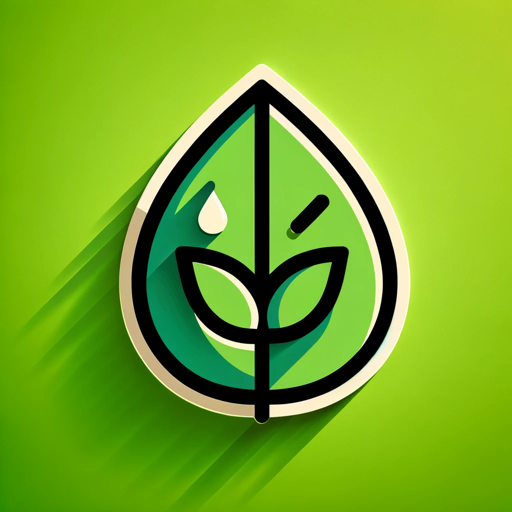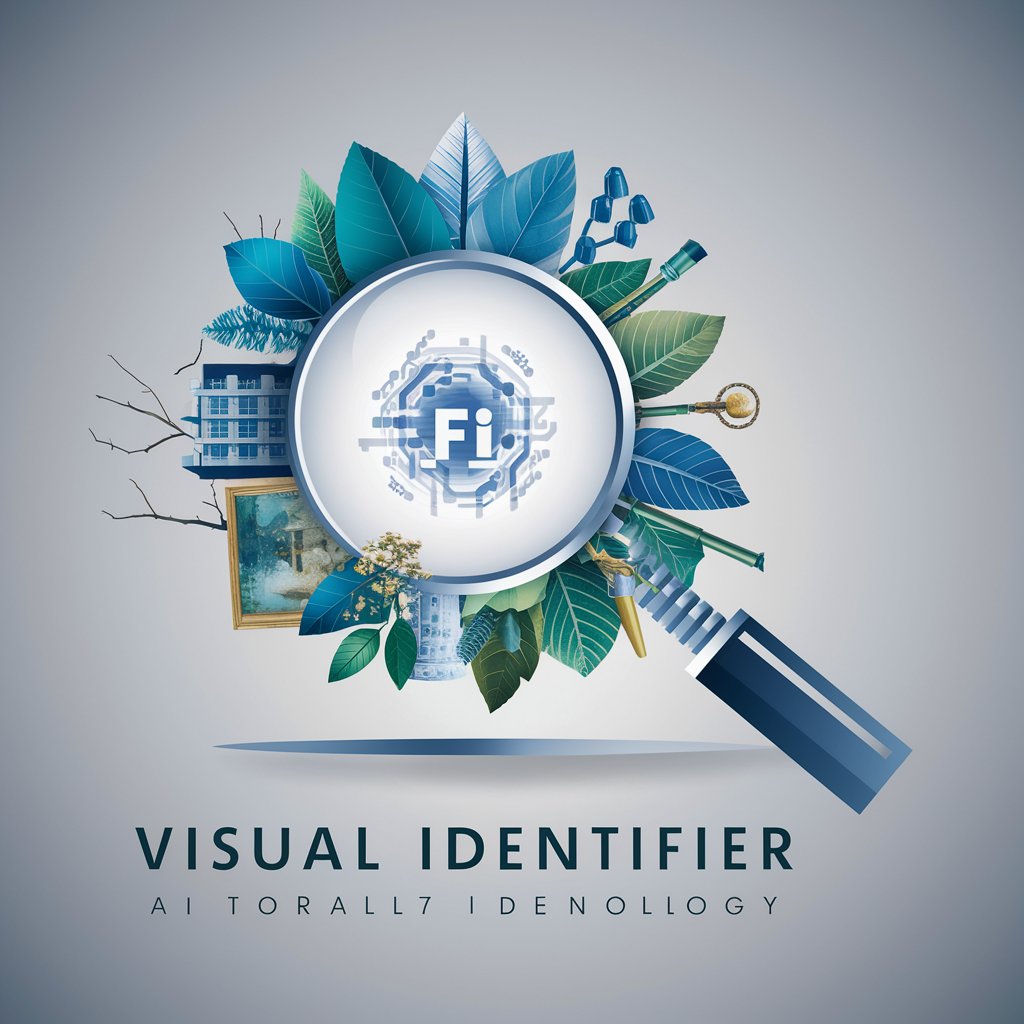Plant GPT - Botanical Identification & Care

Hello! How can I assist you with your botanical queries today?
Discover Plants, Powered by AI
Identify this plant based on the following description:
What are the care instructions for
Compare the differences between
Can you provide information on the habitat and distribution of
Get Embed Code
Overview of Plant GPT
Plant GPT is a specialized AI assistant designed to serve as an expert in botany and plant recognition. It integrates a vast database of plant species from around the world, encompassing flowers, trees, herbs, ferns, and aquatic plants. The core purpose of Plant GPT is to assist users in identifying plants from images or descriptions, provide detailed care instructions, offer insights into habitat and distribution, and suggest similar species for comparison. For example, a user could upload a photo of an unknown flower from their garden, and Plant GPT would not only identify it but also offer advice on how to care for it, its natural habitat, and any special considerations such as toxicity or environmental preferences. Powered by ChatGPT-4o。

Core Functions of Plant GPT
Plant Identification
Example
Identifying a plant from a submitted image or detailed description.
Scenario
A user uploads an image of a leafy, green plant they found in their backyard, wondering what it is. Plant GPT analyzes the image, identifies the plant as a 'Monstera Deliciosa', provides its common and scientific names, and gives detailed care instructions, including light, water, and soil requirements.
Care Instructions
Example
Providing detailed care guidelines for specific plants.
Scenario
A user inquires about the best way to care for their Orchids. Plant GPT responds with specific watering, humidity, and temperature needs, advises on the potting mix, and suggests a fertilization schedule to encourage blooming.
Habitat and Distribution Information
Example
Offering insights into the natural habitat and geographical distribution of plants.
Scenario
Someone asks about the native habitat of the Venus Flytrap. Plant GPT explains that it naturally occurs in the subtropical wetlands of the East Coast of the United States, particularly in North and South Carolina, providing context on its specific environmental needs.
Similar Species Comparison
Example
Comparing a given plant with similar species and highlighting key differences.
Scenario
A user wants to know the difference between a Peace Lily and a Calla Lily. Plant GPT details that while both belong to different genera (Spathiphyllum vs. Zantedeschia), they share similar care needs but differ significantly in their flowering patterns and toxicity levels.
Target Users of Plant GPT Services
Gardening Enthusiasts
Individuals passionate about gardening, seeking to expand their knowledge on various plant species, their care, and management. They benefit from Plant GPT's detailed care instructions and identification services, enhancing their gardening experience and success.
Environmental Scientists and Researchers
Professionals in environmental science and research fields who require accurate information on plant species for studies, conservation efforts, or ecological assessments. Plant GPT offers them a reliable source of detailed botanical information and habitat data.
Educators and Students
Teachers and students involved in biology or environmental studies can utilize Plant GPT as an educational tool, facilitating learning about plant biodiversity, ecology, and the importance of plant conservation efforts.
Hobbyist Botanists
Individuals with a keen interest in botany, looking to identify and learn more about different plant species. Plant GPT serves as a virtual companion, offering insights into the vast world of plants, including rare and exotic species.

Guide to Using Plant GPT
Step 1
Access the tool at yeschat.ai for a hassle-free experience without the need for login or a ChatGPT Plus subscription.
Step 2
Identify your plant-related inquiry, whether it's plant identification, care advice, habitat information, or comparison with similar species.
Step 3
Interact with Plant GPT by uploading an image of a plant or describing it in text form for identification and information.
Step 4
Utilize the detailed data provided, including common and scientific names, care instructions, habitat specifics, and any safety warnings for toxic or endangered species.
Step 5
Leverage the comparison feature to differentiate between similar species, enhancing your botanical knowledge and decision-making for cultivation or study.
Try other advanced and practical GPTs
Digest
Empowering Insight with AI Analysis

F
Your AI-powered Fitness Companion

Logomaker
Crafting Your Ideas into Iconic Logos

URL Encoder
Simplify URL management with AI power

Visual Identifier
Discover the world through AI eyes.

Desktop Publisher Pro
Empowering your designs with AI innovation.

Fittings Expert
Empowering projects with AI-driven fittings expertise.

Leonardo AI Prompt Maker
Unleashing Creativity with AI-Powered Imagery

EmergencAI
Navigate Crises with AI-Driven Insights

Review Master
Elevate Your Reviews with AI Precision

The Oracle
Navigate Uncertainty with AI-powered Insights

AGI
Empowering Creativity with AI Intelligence

Frequently Asked Questions about Plant GPT
How accurate is Plant GPT in identifying plant species?
Plant GPT uses a comprehensive database and advanced recognition algorithms to ensure high accuracy in plant identification, though results may vary based on image quality and plant condition.
Can Plant GPT provide care instructions for identified plants?
Yes, upon identifying a plant, Plant GPT offers detailed care instructions, including watering, sunlight, soil preferences, and other essential care tips.
Is Plant GPT capable of recognizing plants from any region of the world?
Plant GPT has a global database encompassing various species from around the world, but its accuracy may be higher for regions with more extensive data contributions.
Can Plant GPT warn about toxic or dangerous plants?
Yes, Plant GPT provides safety warnings for plants known to be toxic or hazardous, helping users to handle such plants with appropriate caution.
Does Plant GPT offer a feature to compare similar plant species?
Absolutely, Plant GPT can compare different species, highlighting key differences and similarities, which is particularly useful for educational purposes or precise gardening decisions.
